How to prune garden plants: ultimate beginner pruning guide
 Lee Burkhill: Award Winning Designer & BBC 1's Garden Rescue Presenters Official Blog
Lee Burkhill: Award Winning Designer & BBC 1's Garden Rescue Presenters Official Blog

Updated 2024: Pruning is one of the key parts of creating and maintaining a gorgeous garden. However, many gardeners avoid pruning due to a lack of confidence or not really understanding how to prune. This guide is going to explain why you need to prune in the garden and then how to prune plants perfectly!
With a sharp pair of secateurs and a small amount of confidence, I'll show you how to prune for gardening success. If you need to learn how to prune quickly, watch my 60-second guide below.
We prune plants to control their shape and also encourage fresh new growth in plants. Pruning actually stimulates growth in most plants. As a gardener, we can use pruning to:
Plants over time will grow taller and wider up to their predetermined size for that plant species. When they are young, they put all their effort into growth to maximise the chances of survival and then reproduction. They will flower profusely, and send out new growth everywhere.
This is when pruning comes in to help control and shape this. To help tell the plant where you want the growth to be and reduce it in areas that you don't want growth.
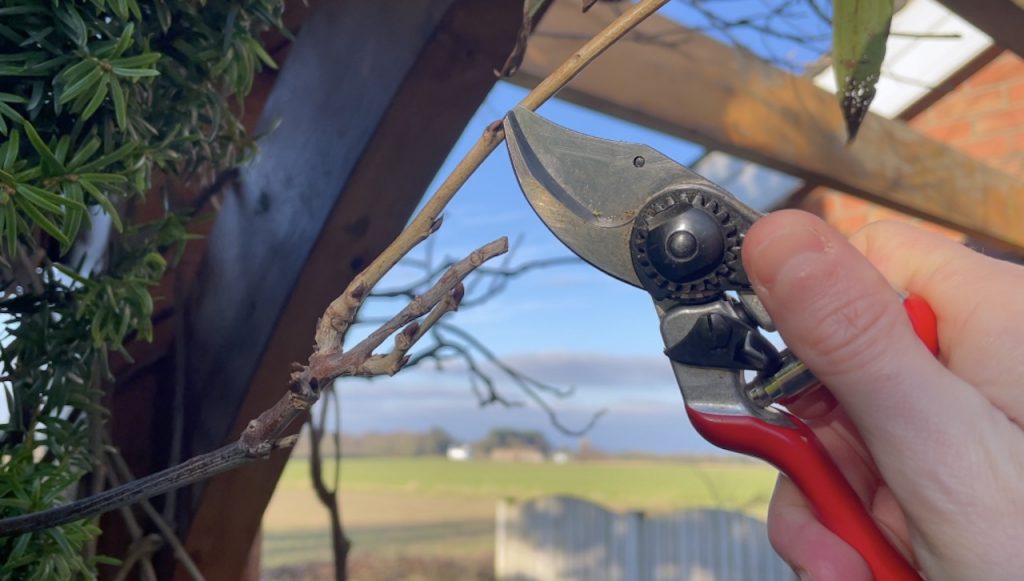
As plants, trees and shrubs get older and larger they are still having to feed and gather water for the plant. This means they have to share out their resources more. This can result in parts of the plant becoming unproductive.
Pruning can help rejuvenate the plant and remove older less productive growth. Without this pruning, these plants will eventually reduce their fruit and flowers and end up looking lacklustre.
You have two main types of pruning depending on the end goal you wish you achieve. You either want to form a certain shape or layout in a plant known as 'formative pruning' or keep a plant healthy using 'maintenance pruning'. Let's look in more detail at which pruning technique you may need to use depending on the outcome.
Formative pruning helps shape a plant, tree or shrub into a particular form. Formative pruning is used for fruit trees, topiary and younger plants such as pleached trees. Usually, we think of formative pruning as removing parts of a shrub or tree to force energy to other areas of the plant, look at the rose standards below. By formatively keeping the stems short it enables a more bush shape to form.
However, you can use formative pruning to encourage growth where you need it. Usually, the place where you cut will encourage more growth below the cut, which can often surprise new gardeners! By reducing the length of a particular stem you can help it bush out with further side shoots below the cut.
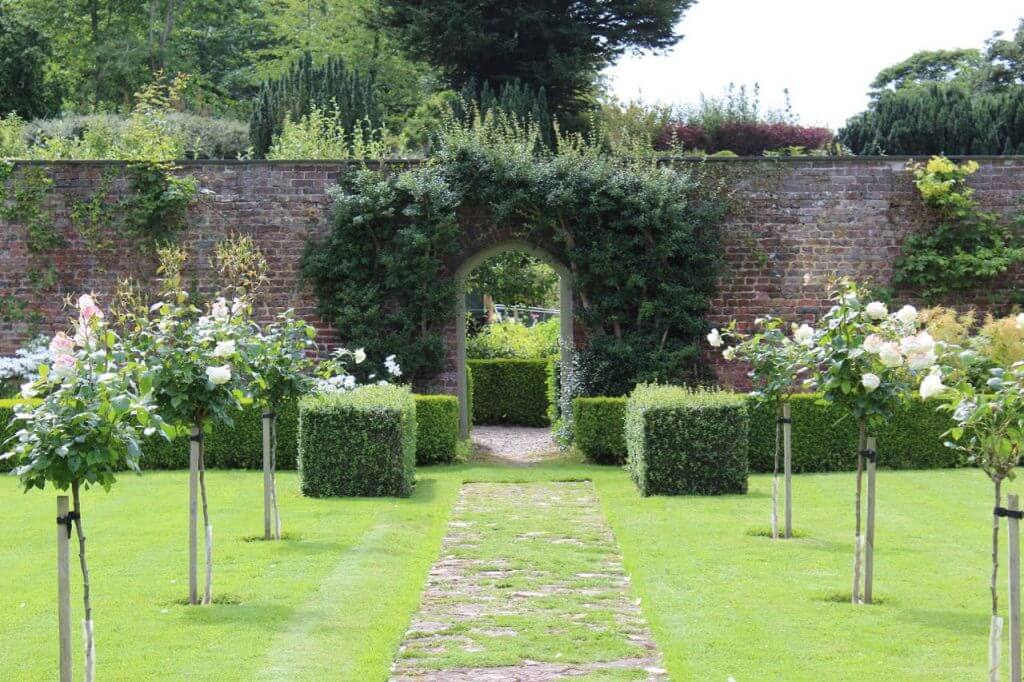
By removing growth back to the main stem, like a pleached tree or standard you can help reduce the growth and shape a plant.
Maintenance pruning is used to keep a plant healthy, encourage fresh growth and ensure it continues to flower or produce fruit. Maintenance pruning is usually carried out yearly depending on the plant and desired effect.
Maintenance pruning is a 'light touch' pruning method compared to formative pruning. It's also the easiest to start off with if you're a new gardener wanting to learn to prune!
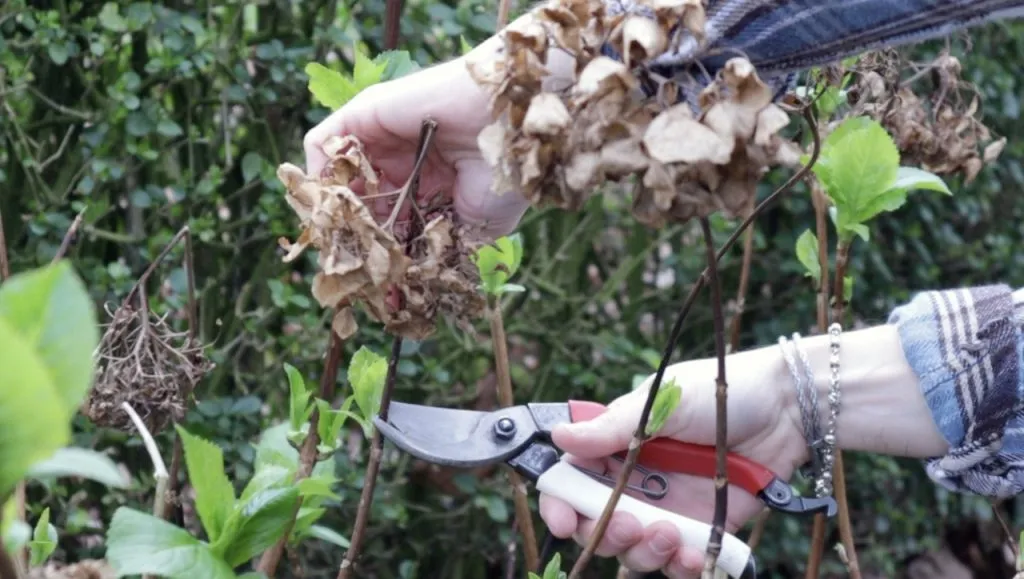
Maintenance pruning may take the shape of deadheading hydrangeas like above, winter pruning roses to ensure flowering buds or cutting back apple trees in winter for shorter fruiting spurs.
Did you know that you can take my course and learn how to become a Garden Ninja yourself? Click here for details
Pruning will help ensure your plants remain healthy in the garden. Prune most woody shrubs in winter when dormant, when they have dropped their leaves. Always prune evergreens in spring or after flowering. For herbaceous perennials prune in late winter.
People often worry about pruning that they're going to kill the plant in pruning it. It would take a lot more than that to kill most plants. As long as you take your time and check how the shape of the plant looks then you can't go too wrong!
The one simple pruning rule is to cut just above a bud (ie a node that will create a flower or fruit, at an angle away from the bud. You want to make the cut 2-3mm above the bud.
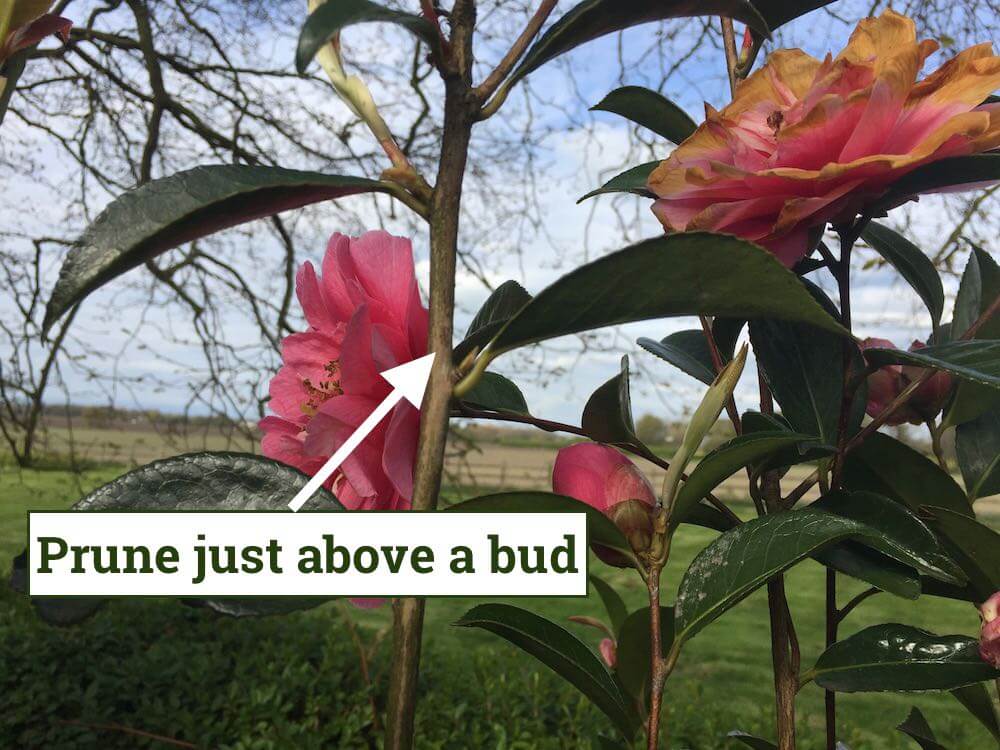
Cut too close and it may cause the bud to die back, too far away and the excess material will die back.
For plants with alternate buds, ie one on each side staggered then cut at 45 degrees away from the bud.
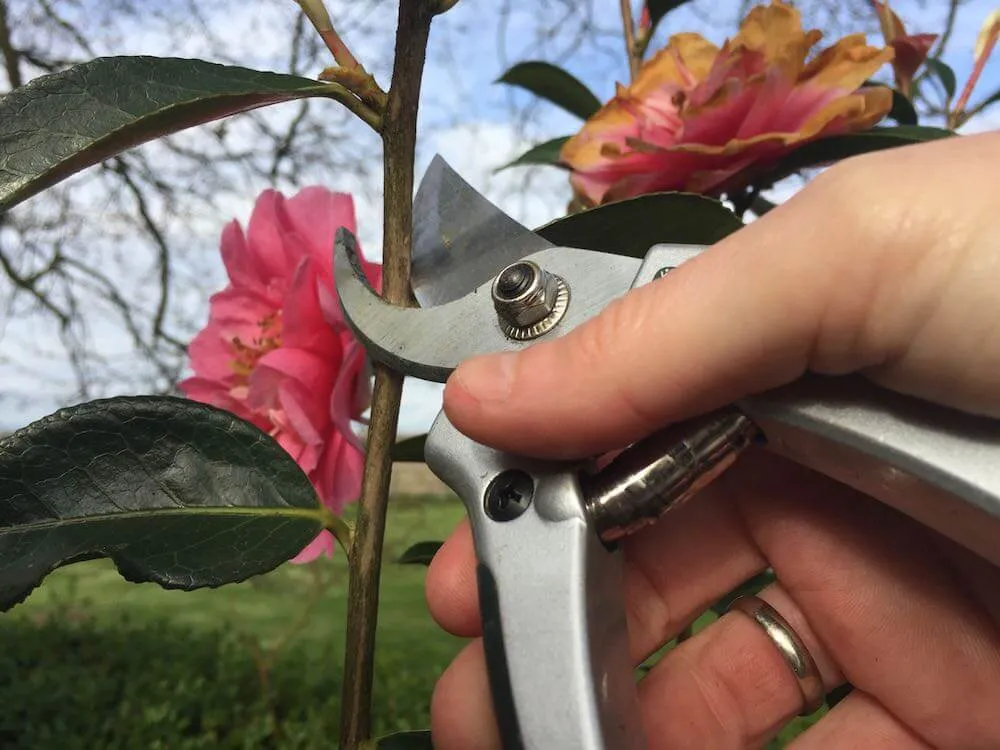
The reason why you cut at an angle away from a bud is to allow any water to run off so as not to let the next bud become waterlogged and potentially rot. It will also keep the cut clean.
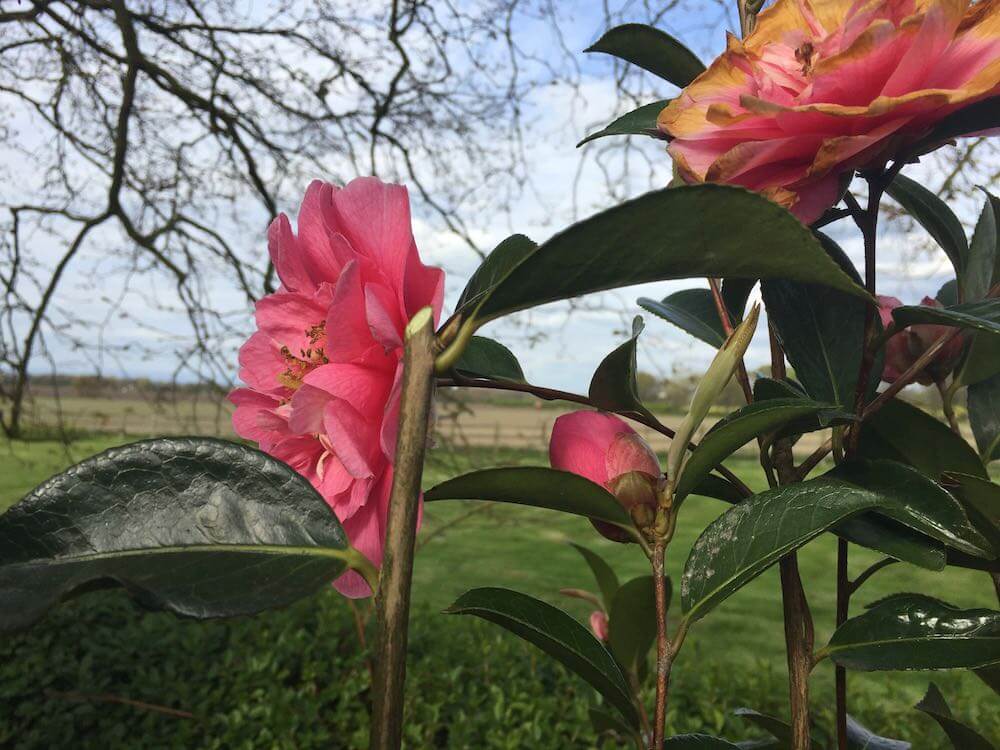
For plants with opposite buds, ie not alternating like Budleja and Sambucus make pruning cuts horizontally between the buds 2-3mm above them.
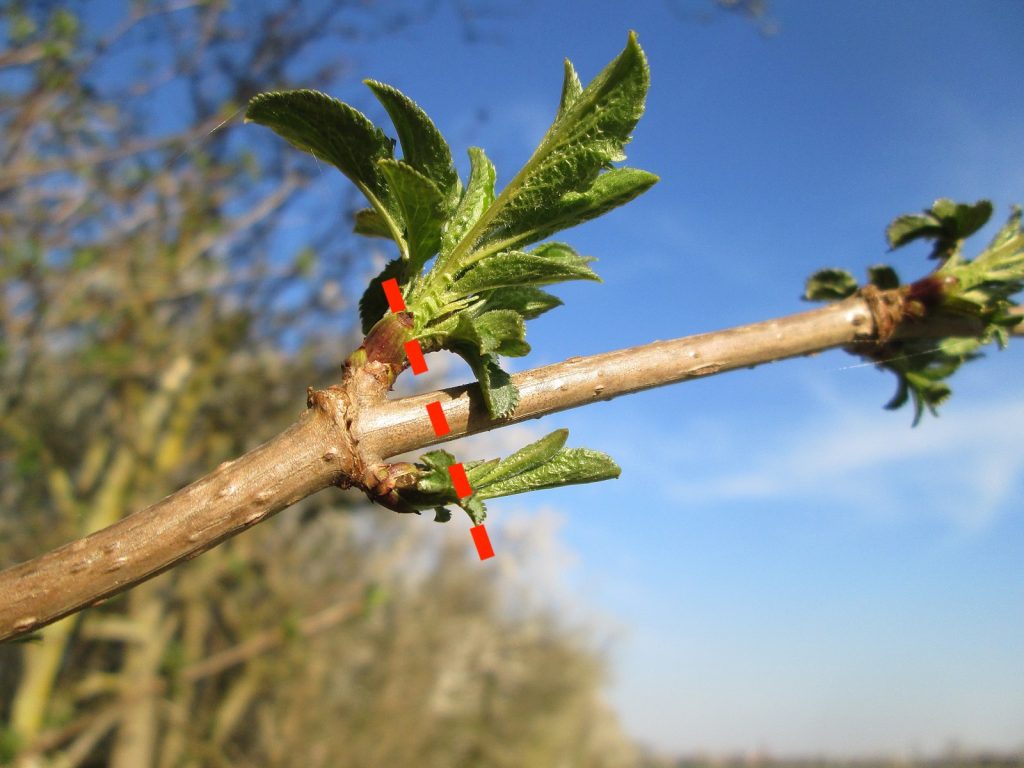
The first step when pruning is to remove any damaged, dead or diseased stems or branches. These are the first parts to prune out which sometimes is enough. Below you can see crossing and rubbing stems so they need to be cut back to the next healthy stem or branch.
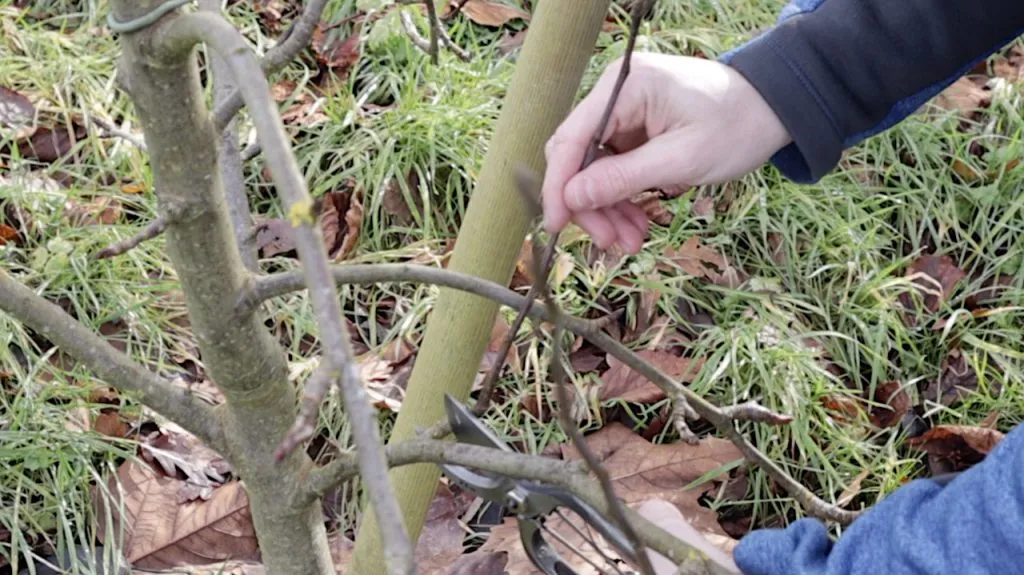
To help rejuvenate old tired shrubs hard prune the stems down to 10-15cm using a wood saw or pair of heavy-duty loppers. Do this in the dormant season which is usually winter. You can also coppice (cut down to the ground) shrubs that are grown for their coloured bark such as Cornus/Dogwood.
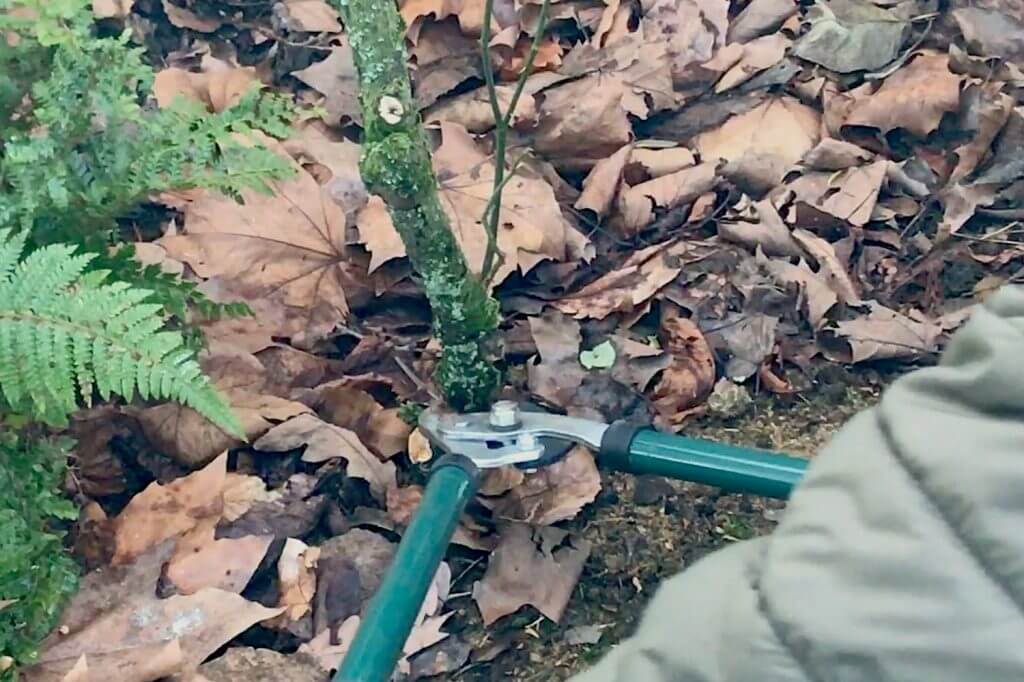
With herbaceous perennials, plants that come back year after year and die back in the winter, a prune back to the ground each winter is needed. This enables fresh growth the following spring.
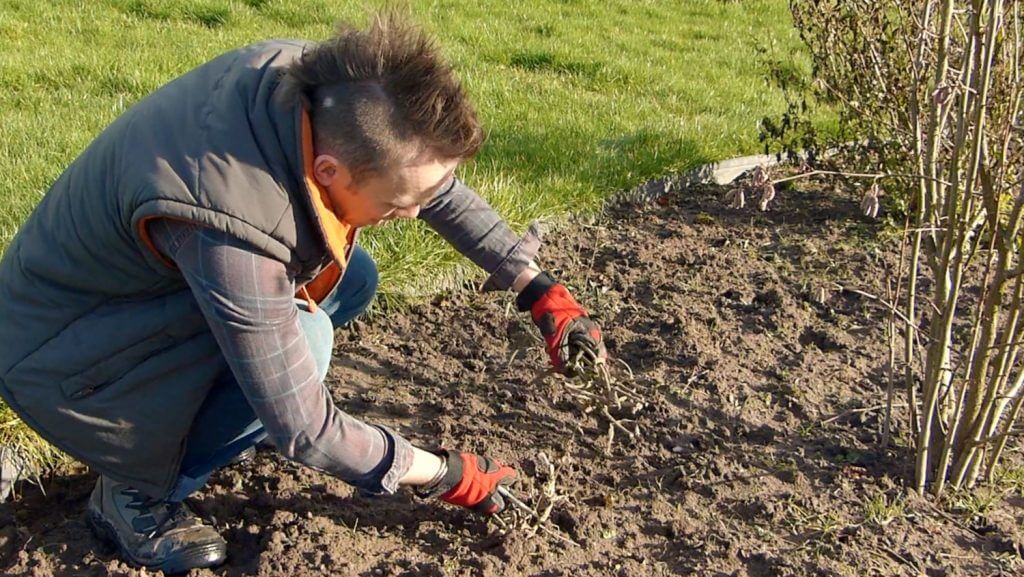
If you follow these steps you'll be pruning for success and it really is easy to become a master of pruning.
When pruning plants you're aiming to take out any material that's going to affect the overall health or vigour of the plant. Whilst plants are normally well behaved, over time they can become tangled or become too productive. Plants can start to grow excess laterals which can make the plant congested. In this case, you need to remove certain parts of the plant to keep airflow and stop the plant's stems from rubbing.
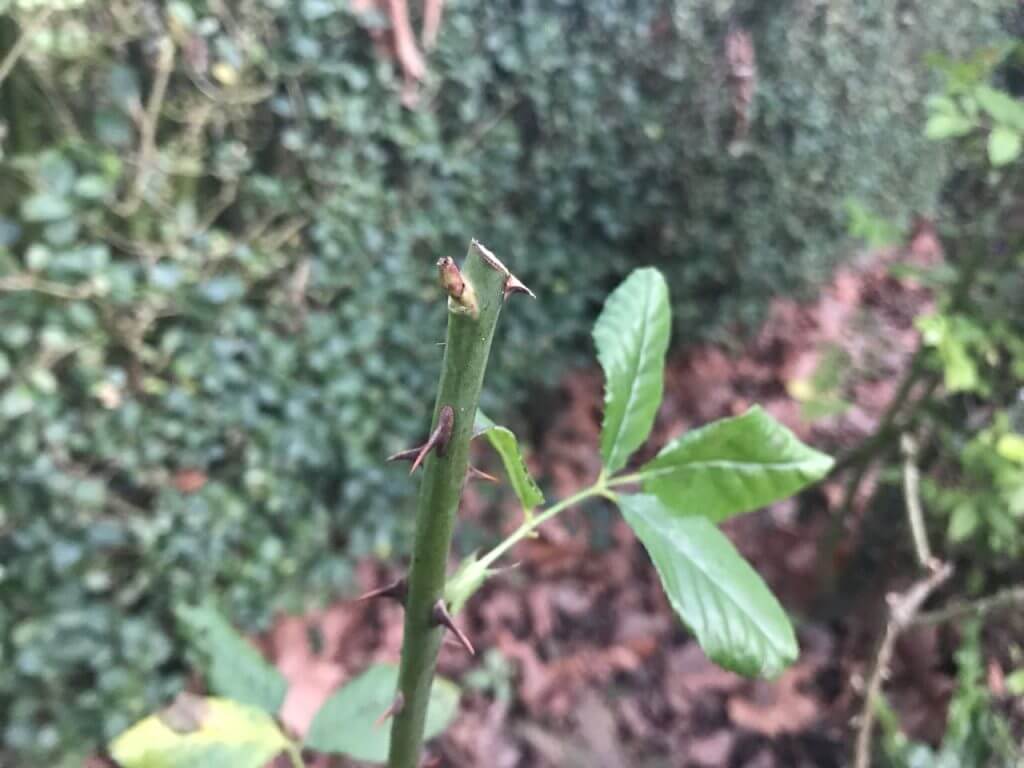
This is sometimes referred to as pruning 'the 4 D's'. Dead, diseased, damaged and the last general category being "deranged" ie the wrong shape or place.
Look at all these overgrown crossing branches below on this pear tree below. Often you find this when you inherit a garden and there's been zero pruning. My advice is to take your time and slowly remove branches one by one. Old fruit trees and shrubs respond really well to a hard prune.
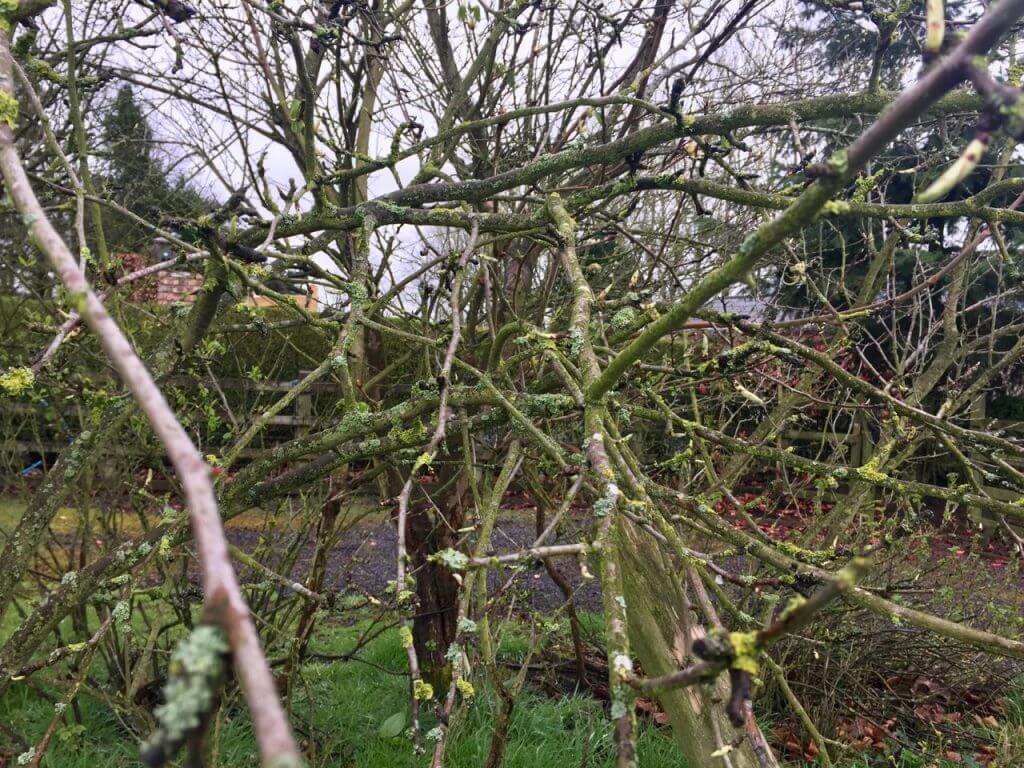
Diseased or dead wood may be due to damage or badly pruned stems. This is when a pruning cut is too long so the leftover material dies back. Always remove this to stop any disease from spreading. Snip them off as soon as possible to prevent any spread of plant disease. Below is a poorly pruned Rhododendron that has led to deadwood. The black crispy tips are an example of plant deadwood.
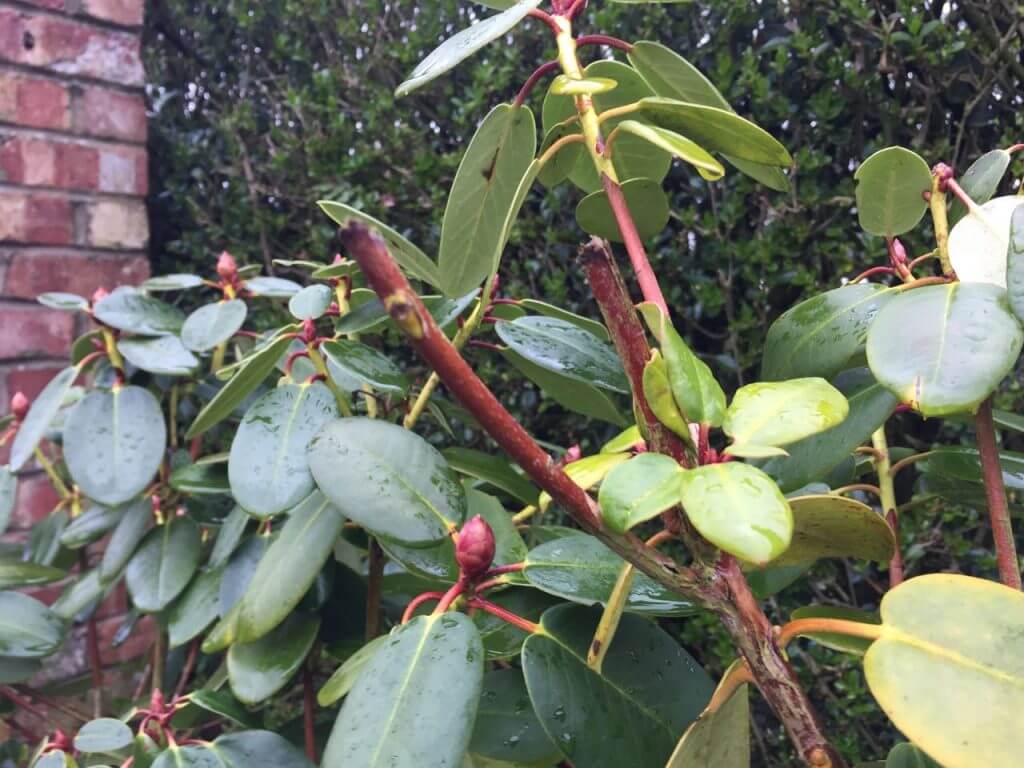
A hard prune is where you may need to take off 3/4 of the overall growth of a plant. It's called a hard prune because you heavily prune the plant sometimes back to the ground. It may feel brutal but sometimes it's the only way and the plant will return with even greater vigour in the next year.
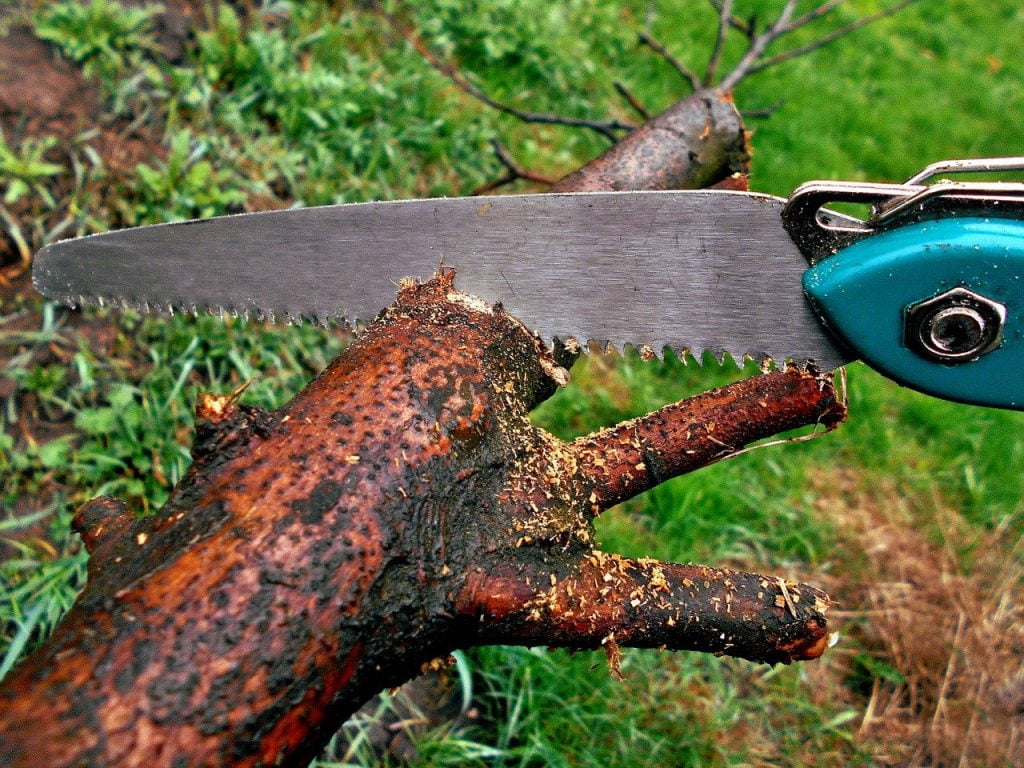
Hard pruning is usually done in the winter for deciduous plants and early spring for evergreens. Hard pruning allows the plant to regenerate, this is especially true where old plants have grown tall whilst losing lower foliage or a shrub that's simply stopped flowering.
Sometimes you need to cut shrubs and plants back to the ground to effectively start again in retaining them. Remember that the plant still has its root ball which was feeding the large or overgrown shrub. So by removing 75% of the growth it means all that spare energy will go into new growth!
The technique for pruning is the same for 99% of plants and is really easy. You're always wanting to prune either back to an outward-facing bud or to the main stem.
However, I think a lot of people get scared of pruning as they feel at odds that they have been feeding and looking after a plant to then go and cut parts of it back. Trust me, you're doing your plants a favour. Pruning will then spur the plant on to flower profusely and get their plant vigour back. It's like giving most plants an energy drink!
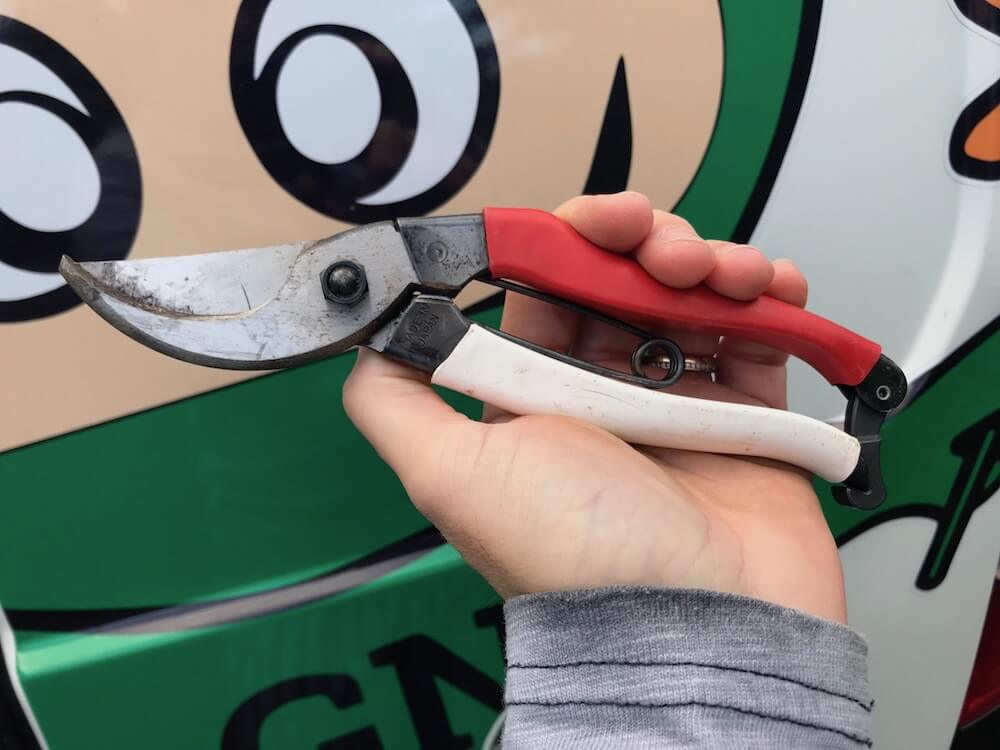
All you need to prune effectively is the willingness to give it a go and sharp clean pair of secateurs. They don't need to be the most expensive but keeping them clean and sharp will ensure cleaner pruning cuts. This in turn will result in better results. I opt for these razor-sharp Japanese secateurs above but you can pick up a decent off the shelf pair for under £10.
Usually, a plant either needs pruning in early spring or when they are dormant. Even if you end up pruning at the wrong time of year, don't worry. It's highly unlikely you will kill your plants. The worst case is they may not flower that year or fruit!
Prune in early spring for specimen shrubs so that they can recover from during the spring/summer season. This is especially true for slow-growing evergreen plants such as Rhododendrons. Examples of evergreens would be Holly (Ilex aquifolium), Photinia, Rhododendrons etc. You can also prune late summer for a cleaner winter cut on hedges which are more resilient than evergreen specimen shrubs. Evergreens keep their leaves over winter.
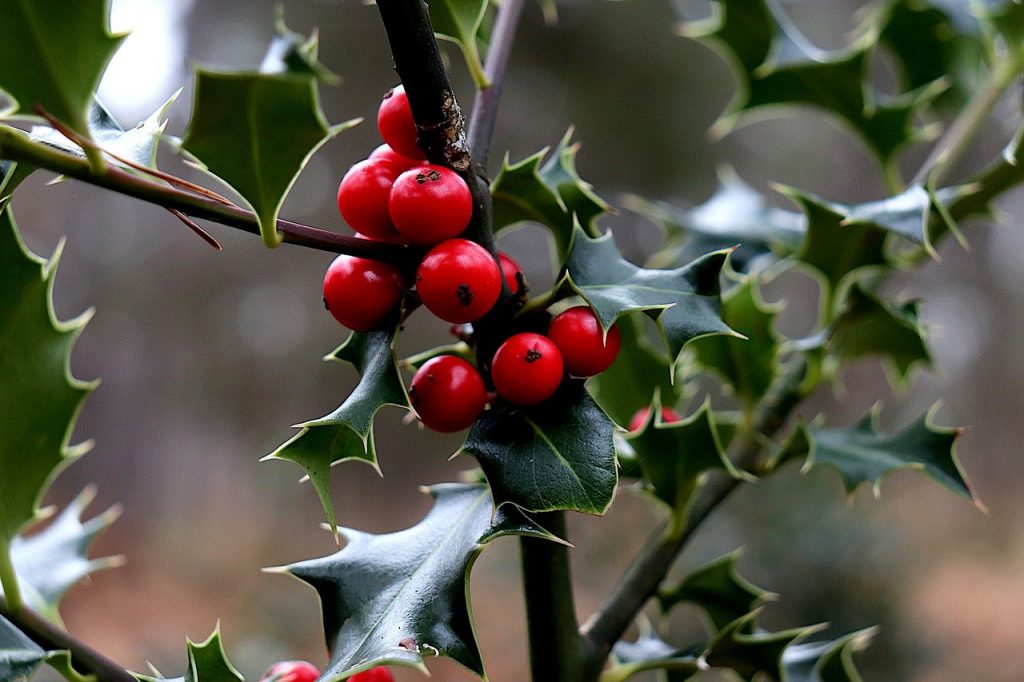
Prune when dormant, in winter (with the exception of Cherry trees which should only be pruned in the spring due to infection and silver leaf). Examples of deciduous plants would be Buddleja, Apple trees, Cotinus coggygria (Smoke bush) etc. Deciduous plants lose their leaves over winter.
You can either prune herbaceous perennials in either late Autumn or late Winter depending on your preference. The great thing with clearing herbaceous perennials is that for 90% of them you just cut them back down to the ground. Herbaceous pruning is the easiest group to deal with! Hack and Slash!
If you're not sure when to prune a certain plant a google search usually throws up some guidance or you can use my Gardening Forum here to ask!
There are all sorts of subcategories for pruning Clematis, Wisteria, Roses to name a few. These plants will all have very specific pruning regimes. Maybe this is where the prune fear comes from! If in doubt check with the nursery or online. The technique is still the same.
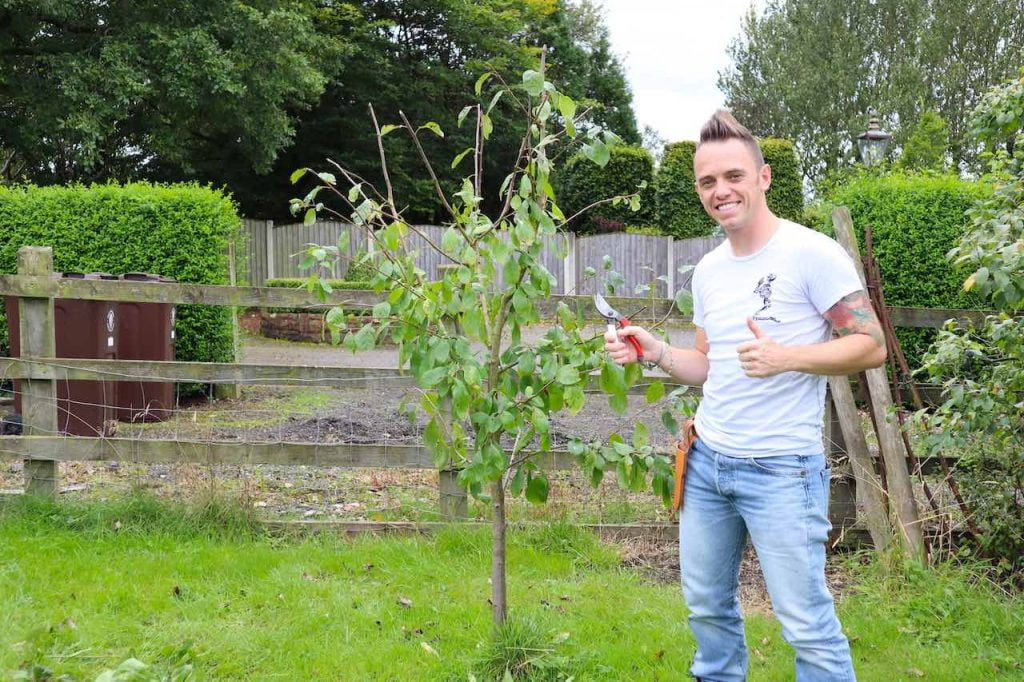
With that worry aside, there are a few simple rules that will help you work out when to prune if you're not sure.
Pruning can help keep your plants, trees and shrubs in a more garden design-friendly state. By keeping them well pruned you can help influence their shape and habit. This means that you can control certain shrubs and trees to dictate their overall shape. Whether you want clipped topiary, for example, an espalier apple tree or a standard bay tree; pruning will enable you to achieve all sorts of shapes.
It is worth bearing in mind the amount of time you want your garden design to take up. Pruning can be a considerable effort depending on the level of control you want over your garden plants. Formal garden designs, like the one below, can look incredible. However, you may be out day and night pruning and clipping to keep the look.
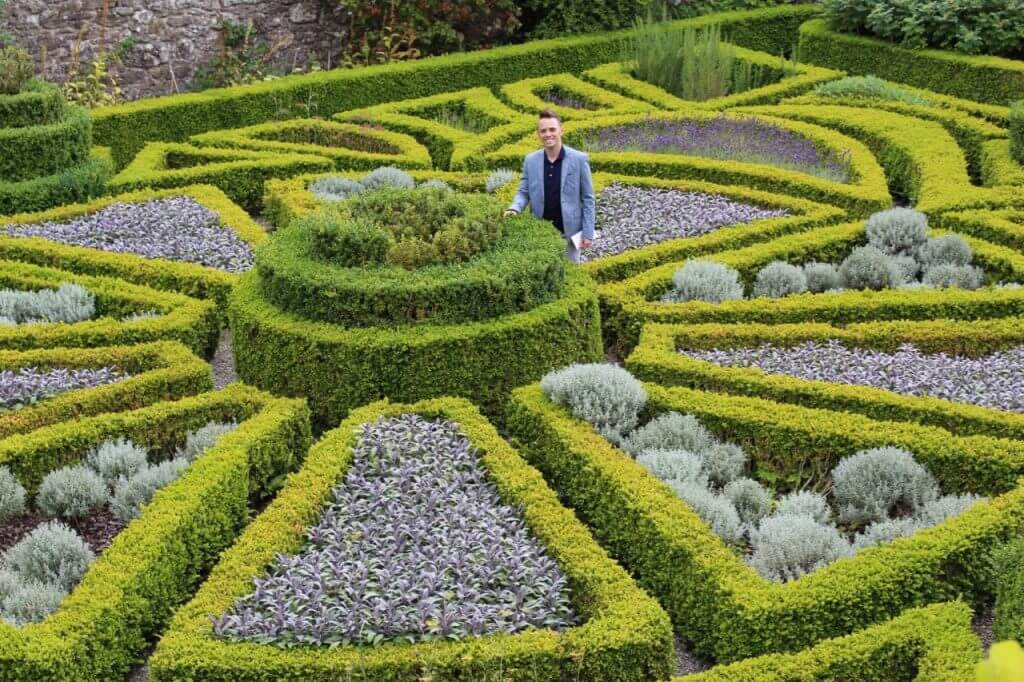
A good tip after pruning is to always mulch and ensure the plant is well watered. This ensures that nutrients and water are available for all that new growth. There's no need to feed plants after pruning, you don't want them to become too comfortable. More often than not gardeners overfeed plants meaning that the results of pruning are less vigorous as the plant is far too comfortable and not putting out extra growth.
It's important to always make sure you clean your tools after pruning and make sure they stay sharp. It may be tempting just to throw the secateurs back into the draw, but spend 5 mins cleaning and sharpening them for years of fuss-free pruning.
Below is a selection of plant-specific pruning guides. These pruning guides will help you with the three most common shrubs. Whether you're pruning Wisteria, Hydrangeas, Roses or Cornus these guides will show you exactly how to do it with confidence!
There you have it a simple guide to pruning. Not only will this help keep your garden looking tidy, but it also helps keep plants in the best condition. By taking off a small amount, you can start to practice pruning shrubs without the dreaded fear.
Why not Tweet, Facebook or Instagram me with your garden dramas for help and advice. You can also subscribe to my YouTube channel for over 150 garden design tips tricks and hacks guides!
Happy Gardening!


You must be logged in to post a comment.

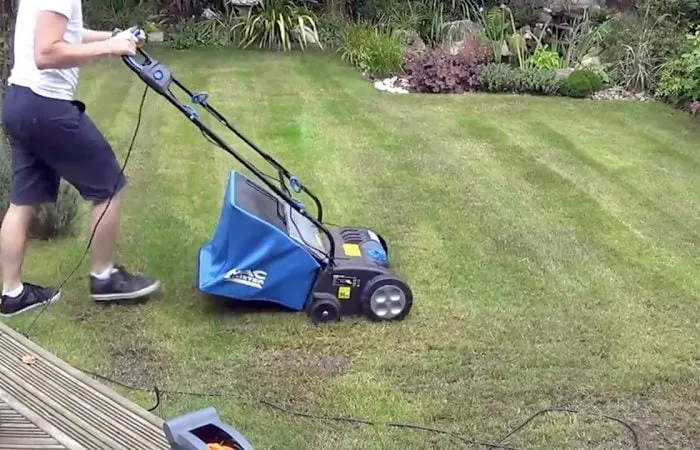

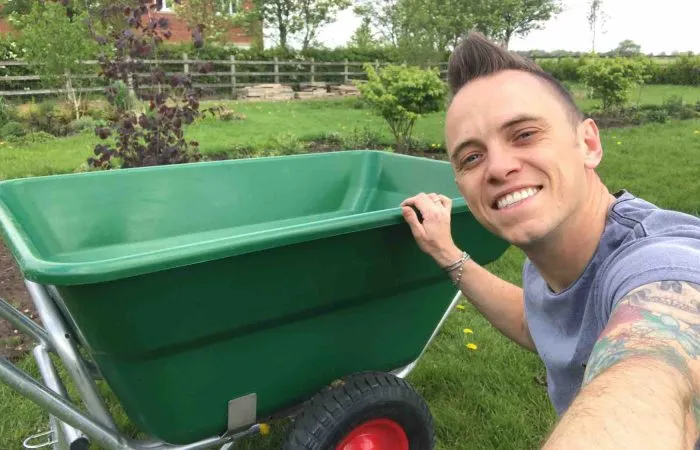
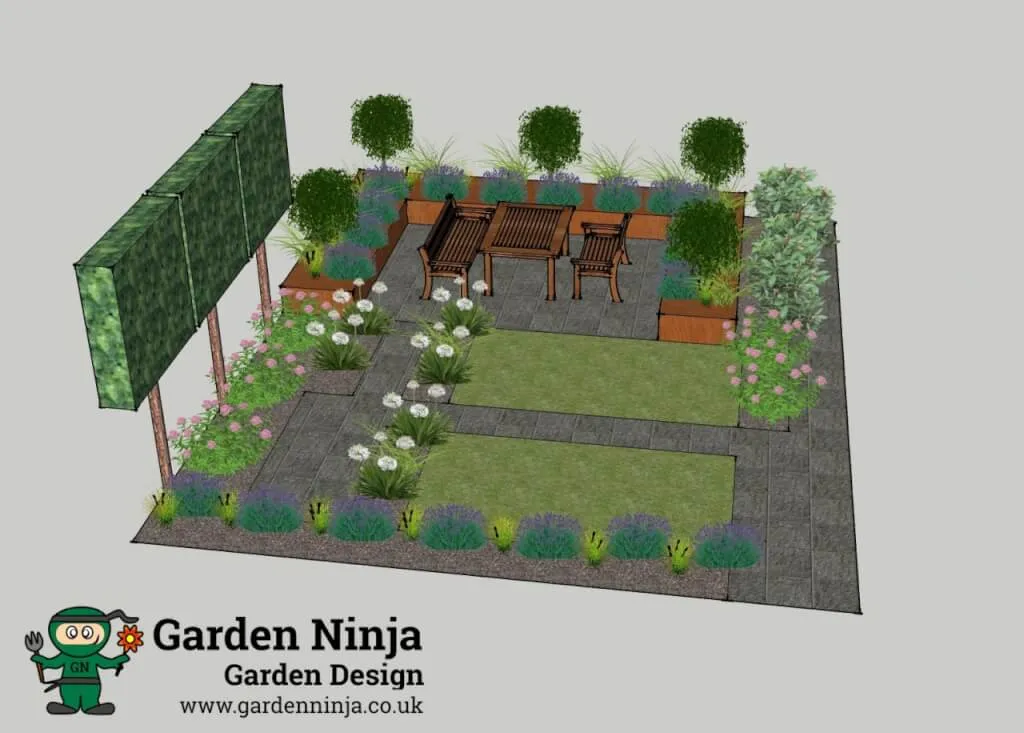
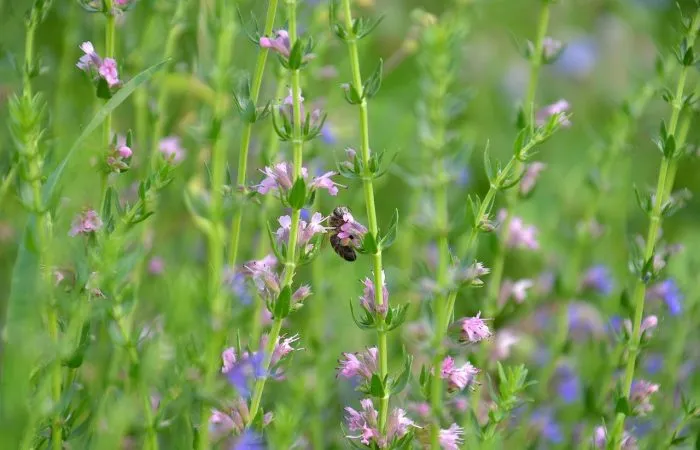
JOIN THE NINJAS

Be the first in line for new Guides, Discount codes and Offers
This was really useful, thanks. When pruning older or dormant plants, you recommended using a wood saw. I’ve got some loppers but they’re not that robust – do you think that will do? And how far down should I cut?
Hi Claire,
Thanks for your comment on pruning garden plants. If your loppers are not robust then yes a wood saw will suffice. Just make sure its clean of rust or any debris first. Always cut from the underside first until 50% of the way through. Then switch and cut from the top down! Demonstrated here on my video guide to using a tree saw for pruning. https://youtu.be/DFdcQU8sNx8 All the best. Lee Garden Ninja